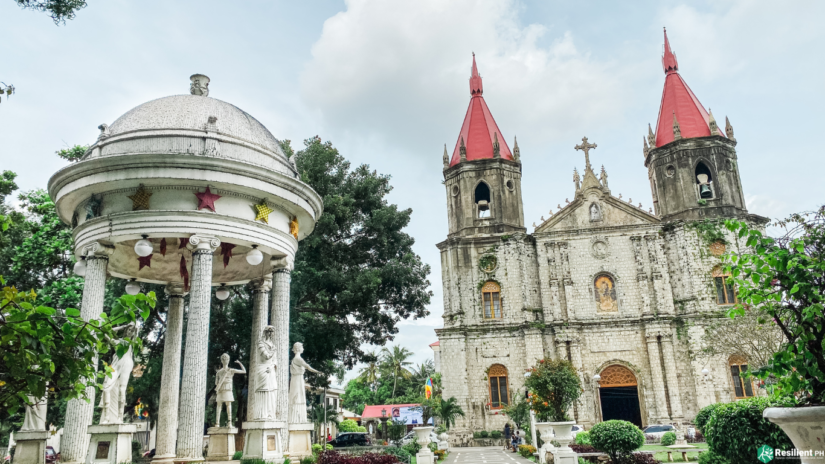Anticipating La Niña in Iloilo
With La Niña’s imminent arrival forecasted by the Philippine Atmospheric, Geophysical, Astronomical Services Administration (PAGASA), Iloilo City stands at the forefront of disaster readiness. La Niña, known for intensifying rainfall and posing flood risks, prompts proactive measures to minimize its impact on human life and property. The collaboration between the National Resilience Council (NRC), the city government, and scientific experts underscores the critical role of early preparation, strategic infrastructure, and data-driven decision-making in building resilience.
Iloilo City’s vulnerability to flooding has spurred a comprehensive approach to disaster preparedness. Initiatives such as enhancing water storage in public plazas and reallocating budgets for rainwater harvesting facilities reflect a forward-thinking strategy. The scientific rationale provided by NRC scientists emphasizes the need for robust infrastructure and urban drainage systems to manage increased runoff and potential flash floods during La Niña. These measures align with the city’s proactive stance, recognizing the necessity of proactive measures in mitigating climatic risks.
In Iloilo province, efforts to gather historical flooding data and simulate responses are strategic in understanding and addressing future climatic challenges. Gov. Arthur Defensor Jr.’s initiative to map flood-prone areas and assess local government response capabilities underscores the significance of data-driven decision-making in disaster preparedness.
Beyond immediate flood prevention, unpreparedness’s economic, social, and health implications are highlighted. Without adequate measures, businesses face interruptions, homes are at risk, and lives can be lost. However, a culture of resilience cultivated through preparedness safeguards property and lives and strengthens the community’s ability to withstand climate change challenges.
In navigating nature’s unpredictability, embracing preparedness empowers communities to transform potential disasters into manageable challenges, fostering resilience and sustainable development.

